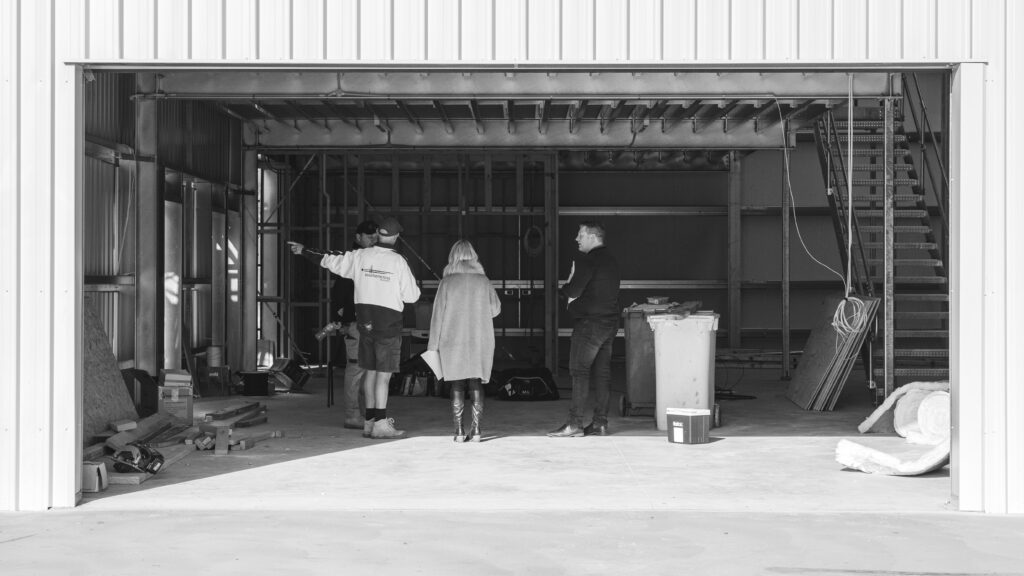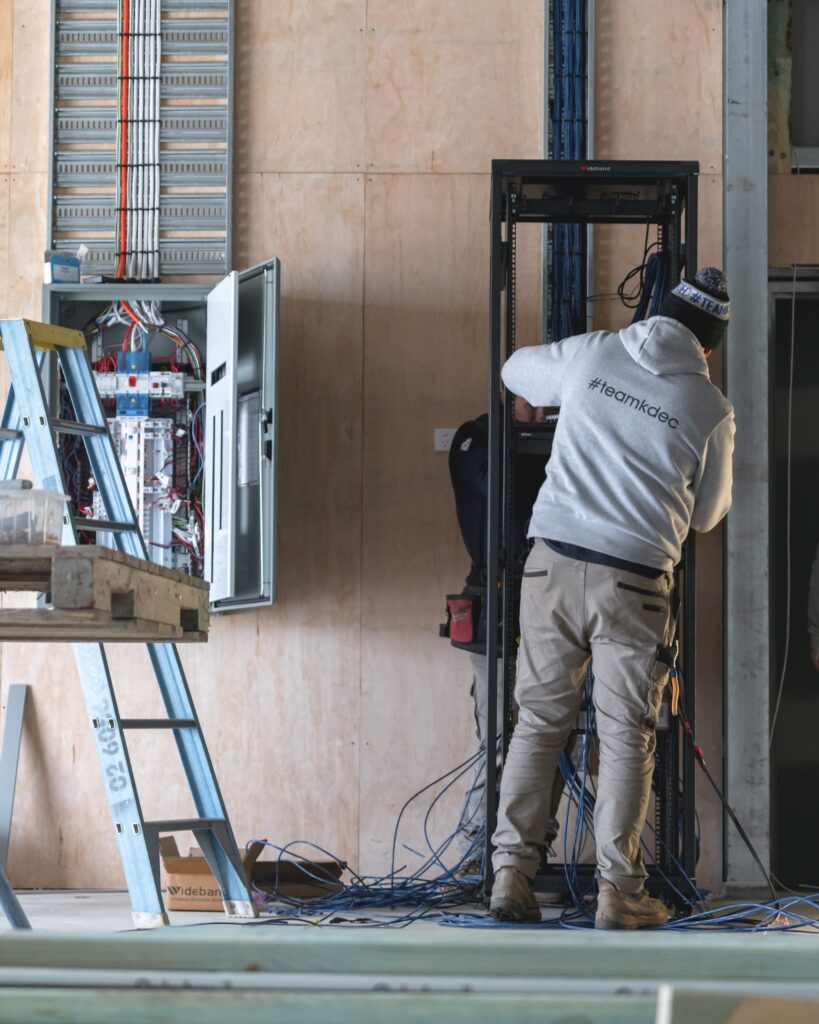1 June 2023
Solar: Time-of-Use Tariffs vs. Wholesale Market Rates
In today’s world, where sustainability and energy independence are crucial, harnessing the power of solar energy has become increasingly popular. As a beginner, understanding the best way to utilise solar energy, whether through time-of-use (TOU) tariffs or wholesale market rates, is pretty handy to know.
When you looking at electricity rates, you will be offered the option to go on a “Time of use” (TOU) tariff as opposed to staying on the standard “flat” rate. Whilst these two options are the most common on the energy market, the rise of “wholesale” energy retailers is starting to shake up the market and opens a whole new way to optimise your solar for your home.
Let’s explore the options and their benefits!
Flat Rate Tariffs:
Flat rate tariffs offer a consistent electricity price regardless of the time of day and is generally the default plan offered to you.
- Simplicity: Flat rate tariffs provide a straightforward pricing structure, with a single rate for all hours of the day. This makes it easier to understand and budget for your electricity costs.
- Limited Time Flexibility: With flat rate tariffs, there are no incentives to adjust energy consumption based on peak or off-peak periods. While it offers simplicity, you may miss out on potential cost savings by not taking advantage of lower rates during certain times.
- Suitable for Stable Consumption: Flat rate tariffs are often suitable for households with stable energy consumption throughout the day, as there are no time-based price differentials
In most cases, flat rate tariffs offer the lowest value in terms of letting your solar offset your electricity bill. Be careful not to fall into the trap of letting your retailer dump you into this “standard” plan!
Time-of-Use Tariffs;
TOU plans offer a pricing structure that varies throughout the course of the day, aligning with the fluctuating availability and demand for electricity from a grid from a historical average. Remember that different grid operators will have different timing structures!
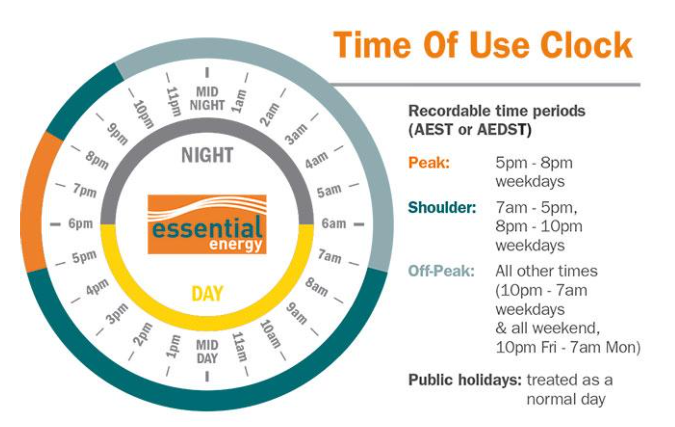
TOU tariffs differentiate between peak, shoulder and off-peak periods, charging higher rates during peak hours and lower rates during off-peak hours. Adjusting your energy usage to align with these periods can lead to cost savings.
- Energy Planning: With predictable pricing structures, TOU tariffs allow you to plan and budget for your energy usage effectively. By monitoring your solar generation and adjusting your consumption habits, you can optimise your savings.
- Naturally Optimised: Whilst most home owners will be on top of utilising their power whilst the solar is operating as above, TOU tariffs mean that most people will naturally fall into more effective savings as the off-peak and shoulder usage can be offset by the feed in tariff (FIT) offered by your energy retailer.
- Battery Friendly: Flat rates offer little incentive to install a battery whereas TOU tariffs allow batteries and EV’s to be manipulated to charge during off peak periods to further enhance the savings.
Make sure to ask for a TOU tariff structure when negotiating your next electricity plan with your traditional retailer as this will almost always work more effectively. Adding a battery to a system in this case will also offer additional savings but remember that the FIT is not dead yet.
Where batteries really come into their own is listed below;
Wholesale Energy Market Subscriptions;
Until recently, joining a wholesale energy market was something that most people have never heard of. With the advent of smart energy systems and the ever-evolving grid stability environment, wholesale energy retailers can open the door to additional savings.
Retailers in this situation will charge you real time on-the-spot pricing as per Australian Energy Market Operator (AEMO) rates via a subscription service, this can be a good thing or a bad thing depending on how active you are on managing your energy.
- Fair Compensation: By connecting your solar system to the grid, you can sell excess solar energy back to the market at market prices. This provides a fair compensation mechanism for the clean energy you generate, supporting renewable energy adoption and grid decentralisation.
- Market Efficiency: Wholesale markets operate based on supply and demand dynamics, enabling efficient allocation of resources. This can lead to lower electricity prices and promote healthy competition among market participants.
- Flexibility and Grid Support: Engaging with wholesale markets allows you to participate in demand response programs. By adjusting your energy consumption based on price signals, you contribute to balancing supply and demand, supporting grid stability, and building a resilient energy system.
- Supercharged Battery Savings: Where a battery is generally operating purely based off the household energy consumption, smart solar systems can engage in “Virtual Power Plants” (VPP). When a smart energy storage system is connected to a VPP, the battery can react to real time energy pricing and force charge when rates are low and discharge when the wholesale FIT is at it’s highest.
Operating in a VPP with a smart battery will drastically increase the return on investment of your system whilst offering the greatest transparency possible.
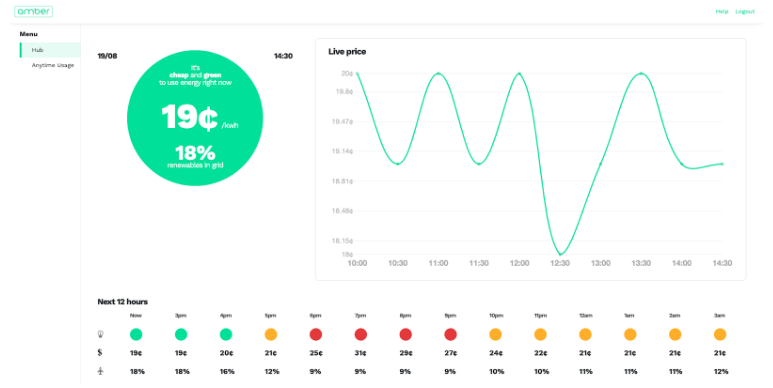
Making the right choice for you when deciding between TOU tariffs and wholesale market rates, several factors come into play:
- Flexibility vs. Predictability: TOU tariffs offer a predictable pricing structure, making budgeting easier, while wholesale market rates provide flexibility to engage with real-time market conditions.
- Engagement Level: Evaluate how much involvement you desire in energy markets. TOU tariffs require less active participation, while wholesale market rates involve monitoring and responding to market conditions.
- Battery Integration: Having a smart battery installed in your home will generally mean that the savings can be greater with the wholesale energy market, whereas without a battery you are exposed to the energy price spikes to a much greater effect.
Harnessing the power of solar energy is a crucial step toward a sustainable future. Whether you choose time-of-use tariffs or wholesale market rates, both options offer benefits aligned with your energy independence and environmental goals. Time-of-use tariffs provide predictable pricing and the ability to maximise self-consumption, while wholesale market rates enable fair compensation and active engagement with the energy market. Assess your priorities, financial goals, and desired level of involvement to make an informed decision.
Remember, no matter which path you choose, your commitment to solar energy is a step towards a brighter tomorrow.
Because tomorrow matters, let’s power it with solar.
Related News
9 May 23
Panel Sustainability
9 May 2023 Panel Sustainability Solar isn’t slowing down, that’s a given! But what weight should considering the “right” panel bare on our choice of installers and products when we make the plunge into solar for our home or business? Long story short, not all panels are created equal. Whilst Australia may have had a […]
13 Aug 24
The key to saving money with your solar system: SELF CONSUMPTION
Tailoring your consumption according to how much spare solar energy you have is the secret to maximising your savings.
1 Jun 22
Solar Rebates in NSW and VIC
As a provider and installer of approved solar energy systems, batteries, inverters, and other related components, KDEC can help you take advantage of rebate programs.
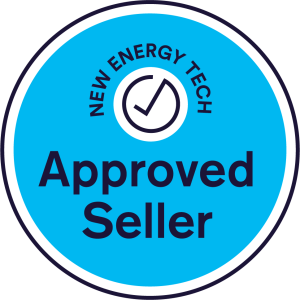




Licence Number: NSW 363462C | Vic 29085
© Copyright 2021 by KDEC Electrical. All rights reserved.
Website by Digital Marketer Bee.







































